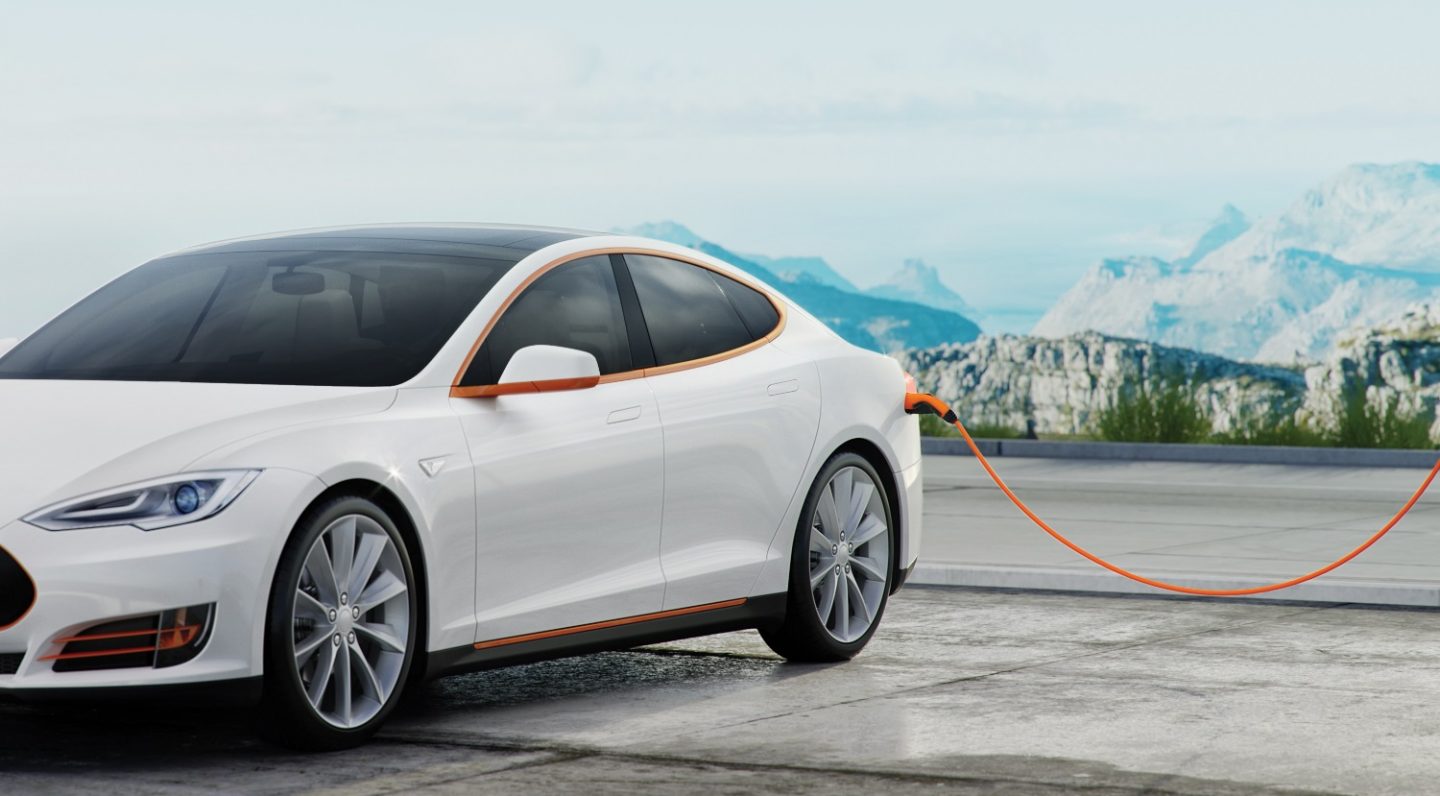
Around 2.3 million electric vehicles were on German roads in 2023. According to the Centre for Solar Energy and Hydrogen Research, the global estimate is around 42 million electric cars. They currently make up only a small but growing proportion of the more than 1.5 billion vehicles on the road. But the situation is challenging. “And not just in Germany,” says Dr Simon Alig, who together with Miro Ivankovich forms the Managing Director duo at Lapp Mobility GmbH. “The market is very legislation-driven. The requirements for manufacturers and suppliers are also increasing.”
Many countries are reducing or ending state subsidies for the purchase of electric vehicles. In Germany, for example, subsidies for electric cars and plug-in hybrids were completely cancelled at the end of 2023. This makes the purchase of electric cars less attractive for consumers, especially in price-sensitive markets. This requires companies like Lapp Mobility GmbH to be flexible in order to operate successfully in the changing market. Many promising start-ups have therefore already disappeared again in recent years. Competition is tough.
Energy transition needs electromobility
Electromobility is essential for the urgently needed energy transition. It is seen as a central building block for a sustainable and climate-friendly transport system based on renewable energies. Norway is already leading the way: around 90% of newly registered cars here are already fully electric
Road transport continues to be responsible for a large proportion of transport-related CO2, air pollutant and noise pollution. It is therefore clear that transport must become more environmentally friendly. According to the Intergovernmental Panel on Climate Change (IPCC), electrically powered vehicles, which are supplied with electricity from low-emission sources, offer the greatest climate protection potential of all land-based transport technologies over their entire life cycle. Even with today’s electricity mix, their carbon footprint is better than that of all petrol and diesel vehicles. However, the transition requires clever minds among infrastructure operators, charging station and vehicle manufacturers and solution providers. They need to focus on the right ideas in order to continue on the right path in a weakening market.
.
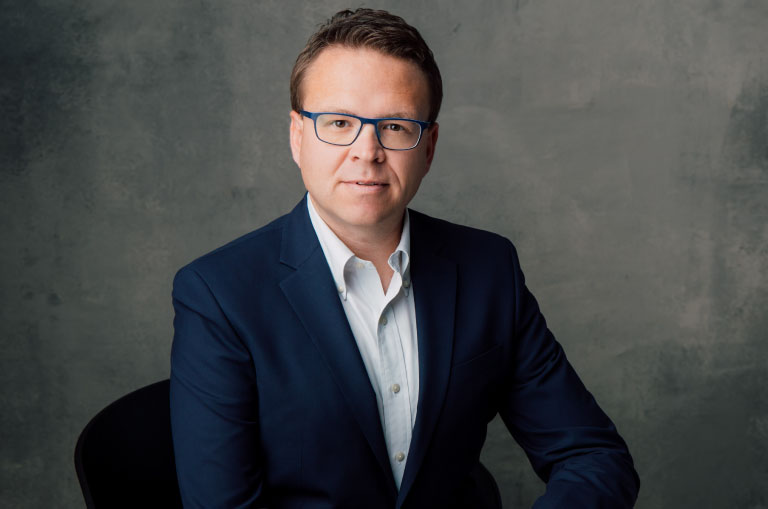
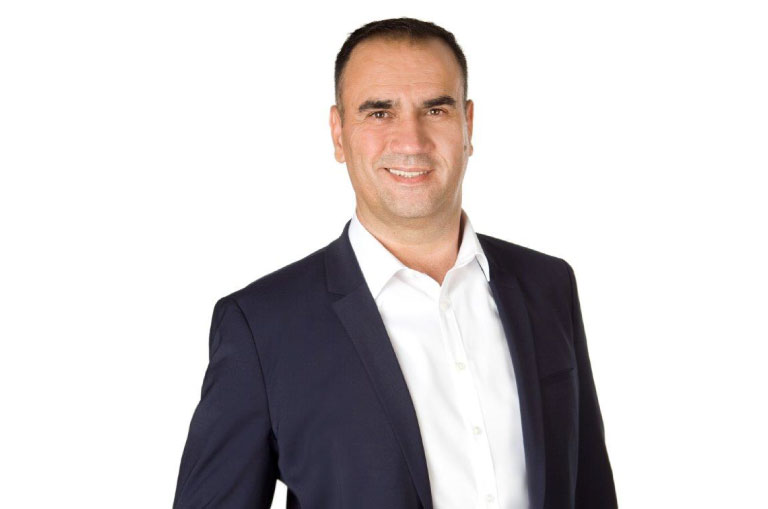
And this is where Lapp Mobility GmbH comes into play. The LAPP Group company specialises in the development and production of solutions for electromobility and now offers products for e-car manufacturers, private e-car drivers, charging station manufacturers, infrastructure operators and other companies active in the e-mobility sector. “Our portfolio includes AC charging solutions such as Mode 3 charging cables for charging at pillars and wallboxes, but also Mode 2 solutions that are suitable for industrial and household sockets as well as complete solutions for the entire cabling of AC and DC charging infrastructures,” summarises Miro Ivankovic. The particular challenge here is that technical development in this area is rapid and market shares are fiercely contested.
“You can compare how quickly all this has developed with the evolution of our mobile phones and smartphones,” explains Simon Alig. “An old Nokia mobile phone seemed primitive a few years later, and it’s the same with the batteries in electric vehicles: they’re getting cheaper and cheaper, and charging is getting faster and faster.” As a result, it makes a big difference to consumers which vehicle they buy. The rule is: a newer vehicle has significantly better charging technology and battery . This also strongly influences consumers’ purchasing decisions and therefore the market.
Solutions for drivers and car manufacturers
Lapp Mobility GmbH currently mainly offers AC charging solutions. “Our current portfolio is focussed on AC charging solutions with charging capacities of up to 22kW,” says Miro Ivankovic. “One of the most popular products at the moment is our Mode 3 charging cable with the patented helix design.” The charging cable from LAPP enables simple, independent winding thanks to the cable’s shape memory. By preventing unwieldy cable clutter, it is particularly suitable for carrying in the vehicle itself and for charging on the move at the charging station. However, the corporate start-up has also developed a solution for the conventional Schuko socket: The Mobility Dock with a charging capacity of 2.4 kW serves as an emergency charger when travelling in combination with a standard Mode 3 cable. The range also includes two mobile Mode 2 wall boxes that cover flexible charging capacities from 2.4 – 22 kW. “The market has changed here with the end of the KfW Wallbox subsidy, which is why our focus has been on such flexible AC solutions since then,” explains Simon Alig. The products are aimed at both private car drivers and providers of charging infrastructure. “Our unique selling point lies in our expertise and customer service. We develop customised solutions that are precisely tailored to the needs of our partners,” says Alig. In this way, the corporate start-up was once again able to win over a major car manufacturer for a customised development project. The specially developed chargers from LAPP will be used in all models in future
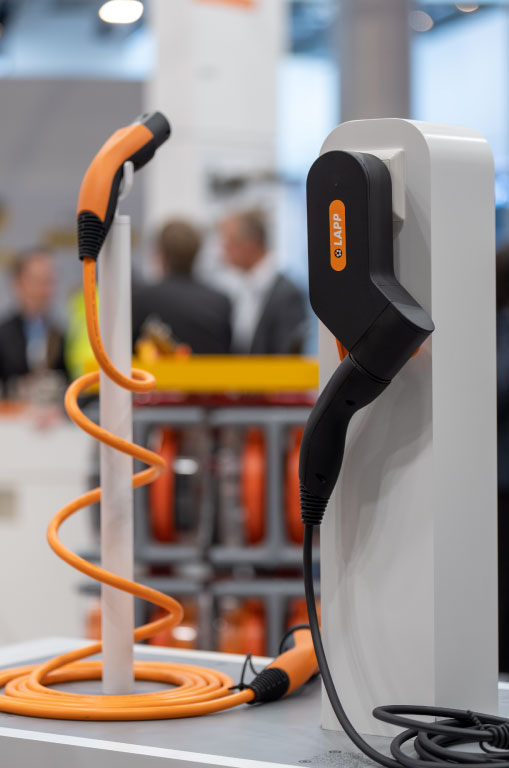
Concentrated LAPP expertise for charging infrastructure
The charging infrastructure sector is currently becoming an increasingly important market for Lapp Mobility GmbH. “This is such an exciting area for us because we have extensive expertise in the field of connectivity solutions,” says Miro Ivankovic. This is because LAPP specialises in all challenges that require connection solutions. “And this is precisely what sets us apart from the competition,” Ivankovic continues. “Among our competitors, we are the specialist company for cables. By making clever use of our internal synergies, we can work much more flexibly and with much more concentrated expertise than other companies. Although we started with charging cables, we quickly realised that we can do much more.” For example, infrastructure providers can integrate components from Lapp Mobility GmbH into their existing systems. These include standardised components such as cables, which are also suitable for applications outside of electromobility, for example in packaging systems. For EV ecosystems, LAPP and therefore also Lapp Mobility GmbH have everything they need in-house. The company can offer complete solutions for the entire cabling of AC and DC charging infrastructures. This includes the cabling in and within the box as well as supply lines for columns and charging parks.
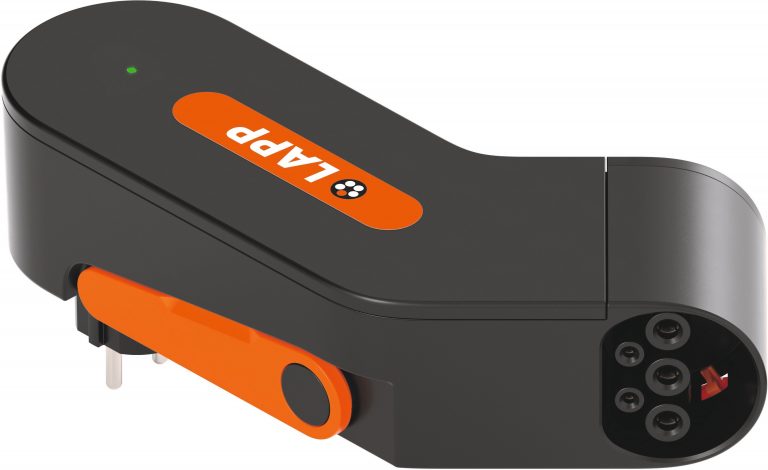
What’s more, Lapp Mobility GmbH utilises internal synergies not only for production, but also for the development of new products and ideas for the changing market and ever-improving battery technology. A dedicated development team works closely with the trends and advances in the industry, focusing on the innovation and optimisation of core products for e-mobility. A new DC solution will be added to the portfolio in the coming year. The aim is to cleverly combine durability, optimised handling, expertise and design and create added value for customers. “Our vision is to make charging electric cars easier and more convenient,” summarises Simon Alig. “The easier the overall handling is, the more people we can inspire to make the switch to sustainability.”
